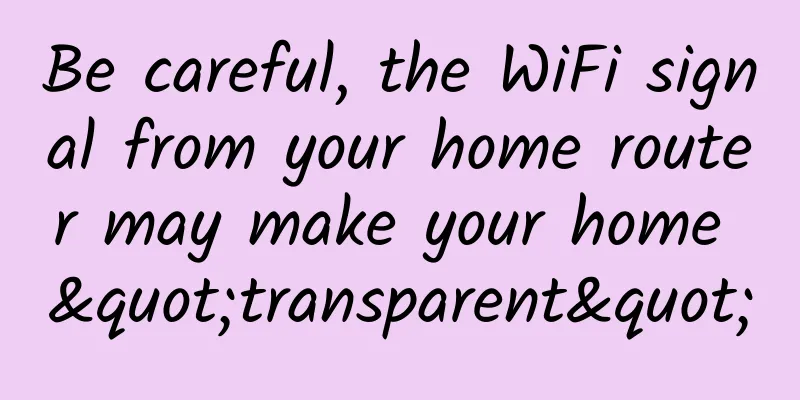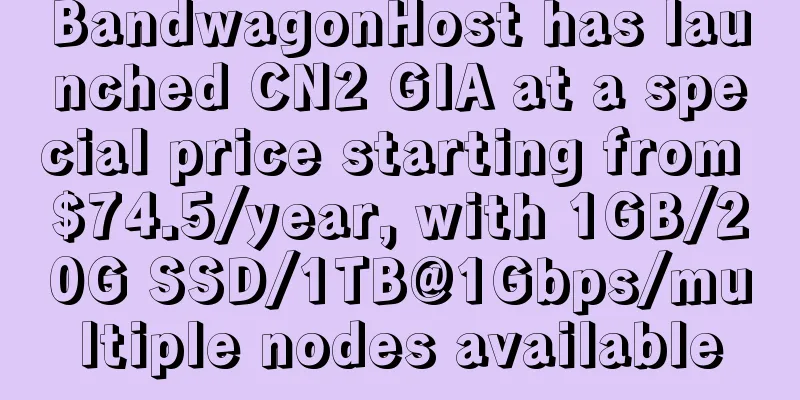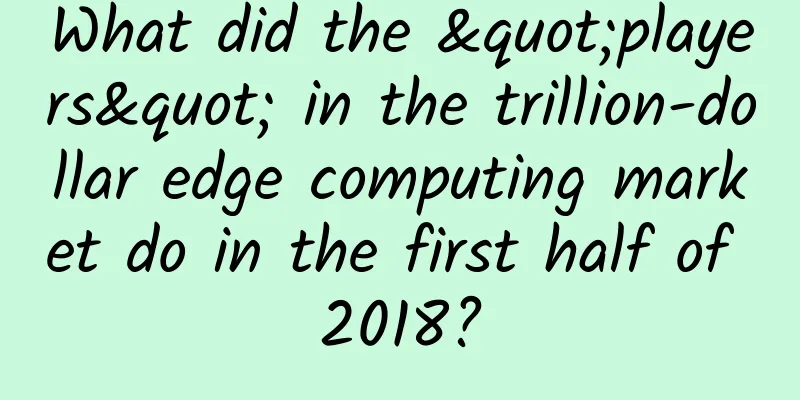What will 6G look like in the future?

|
At the recently concluded MWC Shanghai, Nokia publicly released the "6G Communication White Paper" for the first time. So, what will 6G look like in the future? Today, let's learn about the future of 6G. In the 6G era, digital twins will be fully developed and applied. For everyone, digital twins may be a new term; in fact, this is not a new concept. It was publicly proposed as early as 2011 in a US Air Force research experiment. Digital twins make full use of physical models, sensor updates, operation history and other data, integrate multi-disciplinary, multi-physical quantity, multi-scale, and multi-probability simulation processes, complete mapping in virtual space, and thus reflect the entire life cycle of the corresponding physical equipment. This means that a virtual object can be simulated on a computer system, and the relationship between this virtual object and the real object is like that of twins. This will break the barriers between the virtual world and the physical world, and even connect to the biological world. In addition to traditional mobile device terminals and wearable devices, there will also be subcutaneous implants, ingestibles, and embedded devices. Through the emerging human-computer interface, 6G will bring us scenes like those in Hollywood science fiction movies. Our lifestyle will change again, and "superpower" humans will become a reality.
In the future, touch interaction will be eliminated, just as the key-based interaction devices of the past are slowly being replaced by the widely adopted touch interaction. New interaction methods will emerge, such as gestures, voice, and even interaction through brain sensors. Terminal equipment evolution Each generation of communication systems from 1G to 5G mainly improves network capacity and designs mobile communication systems through three dimensions. These three dimensions are:
Similarly, when designing 6G, we need to continue to further improve the capacity of 6G networks from these three directions. For example, we can use unused frequency bands; integrate the frequency band resources of major operators to build shared spectrum, and use other ways to expand the spectrum; with the advancement of technology and the reduction of hardware costs, we can further improve spectrum efficiency through technologies such as millimeter wave and MIMO. In addition, the 6G era will also generate new application requirements, and three new dimensions will be added in the design of 6G:
In the 6G era, a large number of devices will need to connect to data, which will generate a large amount of data. The network performance can be optimized by analyzing these data. At present, Moore's Law is difficult to maintain. The computing power of chips per unit volume will gradually tend to saturation, which will also limit the computing power level of the equipment. For example, wearable devices, human body sensors and other devices, at this time, it is particularly important to fully tap the computing power in the 6G network; energy efficiency is an often overlooked perspective. With the changes in climate and environment and the increasing contradictions between network devices, energy consumption is an issue that cannot be ignored. 6G Design Dimensions Artificial intelligence and machine learning have been successfully applied in the Internet, and in the future, they will also empower 6G. Communications is an industry with high technical barriers and complex structures. With the support of artificial intelligence, 6G will be more intelligent and can achieve automatic optimization of the network, while also greatly reducing the failure rate and network maintenance costs.
AI Empowers 6G 6G has a promising future! This article is reprinted from the WeChat public account "Will's Big Dining Room", which can be followed through the following QR code. To reprint this article, please contact Will's Big Dining Room public account. |
<<: By 2026, the Wi-Fi 6 and 6E market in Asia Pacific will reach US$8.559 billion
>>: [Python Flask Practice] Get HTTP request data
Recommend
Automating network verification for smoother changes
Imagine a business-critical network that is runni...
The rise of the NetOps engineer
NetOps, also known as NetDevOps, is the practice ...
Huawei starts charging patent fees for 5G mobile phones. Why?
On the afternoon of March 16, Huawei Technologies...
DMIT: Los Angeles 1-10Gbps high bandwidth CN2 GIA line VPS quarterly payment starts from $28.8
DMIT.io is a foreign hosting company founded in 2...
To cancel the caller ID fee, operators may wish to take the initiative
Is there a charge for caller ID? This charging it...
Virtono: $24.9/year KVM-1GB/30GB/2TB/Japan & Singapore & Hong Kong, China, etc.
Virtono recently launched a new promotion on LET,...
edgeNAT VPS monthly payment 20% off, annual payment 30% off, US/Hong Kong/Korea VPS monthly payment starts from 48 yuan
edgeNAT has released a regular promotion for June...
How blockchain can change the way SMEs conduct business
As the application of blockchain technology incre...
Black screen problem on some live IPTV channels under BRAS equipment
The telecom IPTV platform of a certain city found ...
Liu Yulin from the Ministry of Industry and Information Technology: Gigabit optical network is the supporting base of new infrastructure
On March 29, at the "Gigabit Optical Network...
Heavy rains in Henan Province caused power outages in data centers and paralyzed many websites. How important is disaster recovery?
The flood situation in Henan has touched the hear...
Exploring the core idea of the Reactor network model
In the network programming series, we implemented...
How to store IP addresses in MySQL efficiently?
A few days ago, a friend of mine went to an inter...
China's 4G is a global sensation! Two figures tell the whole story
The press conference on the major project "N...
Home Networking Guide - How to Create WiFi Throughout Your Home During the Renovation Season
September and October are the golden months. Now ...









